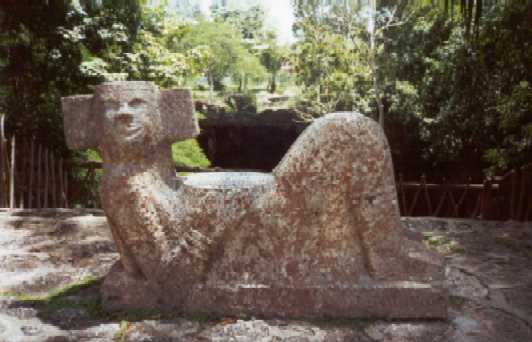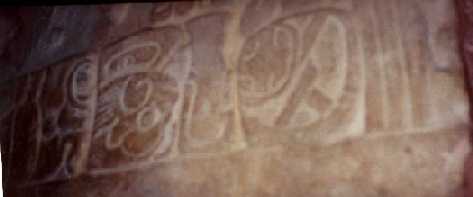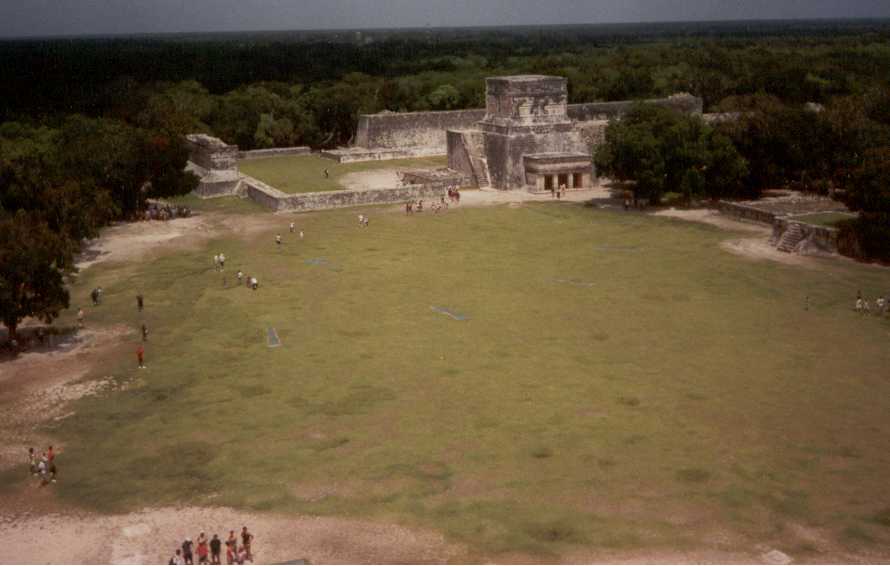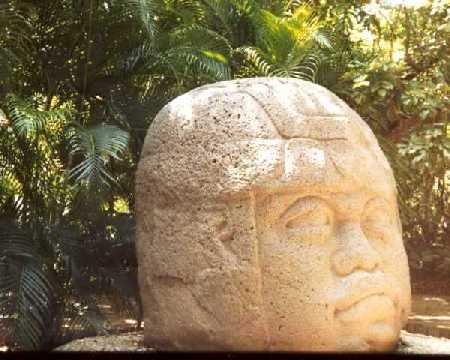
| This statue is Chac-Mool the god of rain. You can see this funny looking statue everywhere. The old Mayan religion and traditions are very vivid among the people, extremely in rural areas. Christian workships contain parts of the highly complicated Mayan religion. 1200 years ago Mayan priests knew already how many days a year has and introduced a leap day for every 4 years. |  |
 |
The hieroglyphs of the Mayan have been highly developed in ancient time. Just a few years ago archeologics decoded these. Most of the hieroglyphs have been founded inside of pyramids and temples. This discovery was used e.g. to reconstruct the calendar and historical events. |
| This statue is Chac-Mool the god of rain. You can see this funny looking statue everywhere. The old Mayan religion and traditions are very vivid among the people, extremely in rural areas. Christian worships contain parts of the highly complicated Mayan religion. 1200 years ago Mayan priests knew already how many days a year has and introduced a leap day every 4 years. |  |
 |
That photo was taken from the top
of "El Castillo" also called the pyramid of
Kukulkan. It shows the ball game court. The ball game played an important roll in daily life. It also connects to religious belief. One team was always sacrifice after the game. No one knows for sure if it was the losers or the winners team. |
Now let's end with the Mayas! We traveled as far as to Villahermosa to learn something about the Olmecs. These ancient people lived between 1200 BC and 400 AD. That means they lived shortly before the Mayas and not quite in the same territories. Among other things the Olmecs are famous for the construction of these gigantic heads made of stone. Not even the archeologists know why they made these and how they transported the up to 12000 lb. heavy heads. |
 |